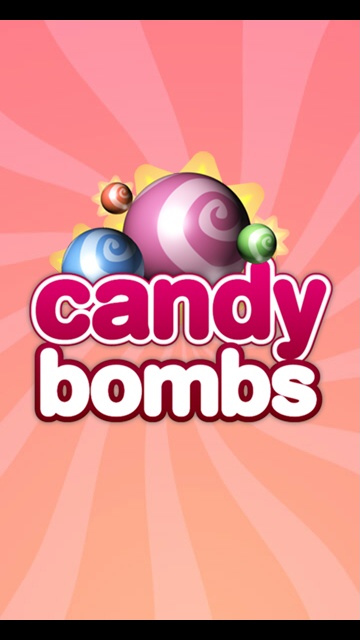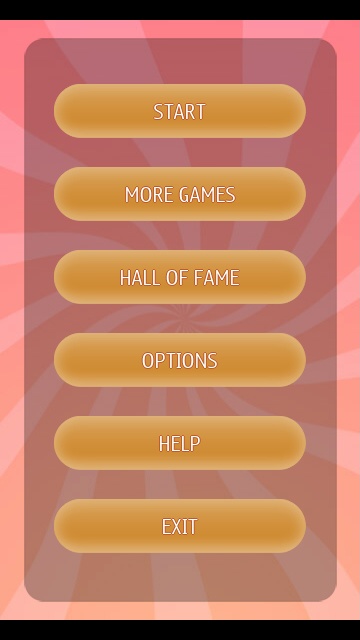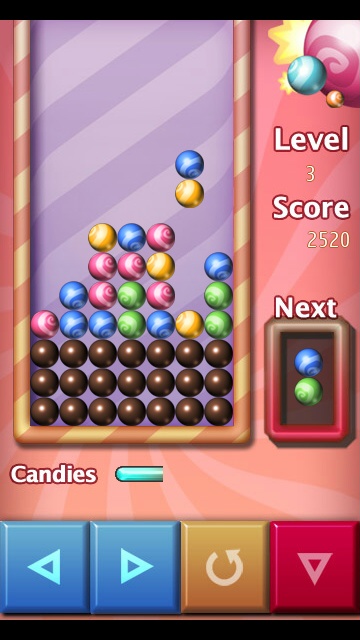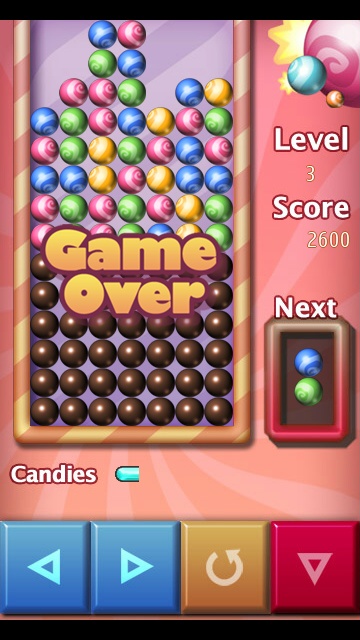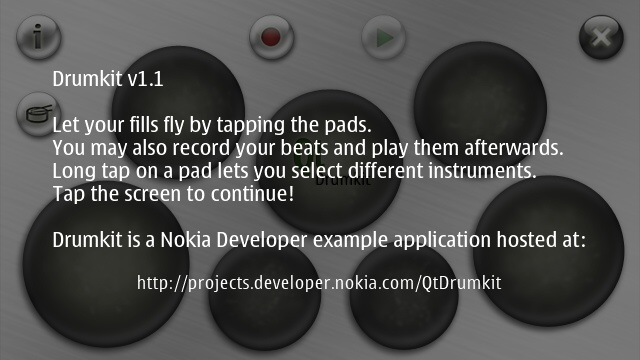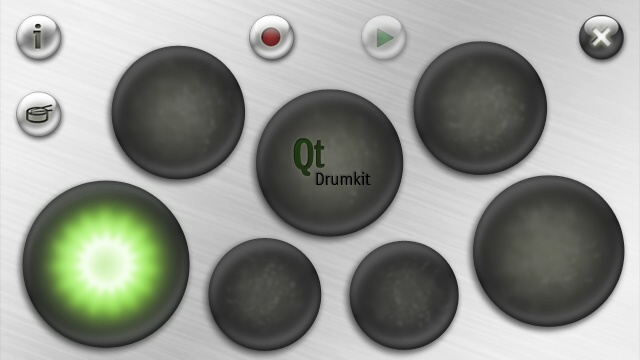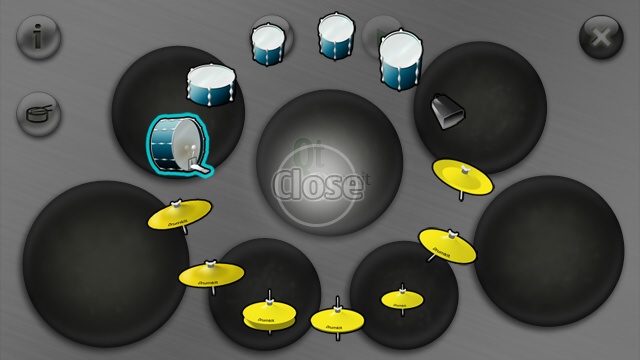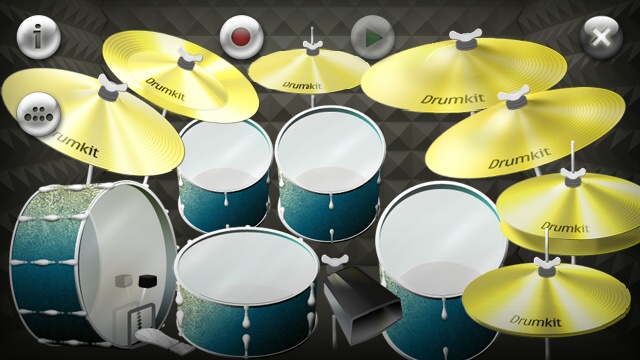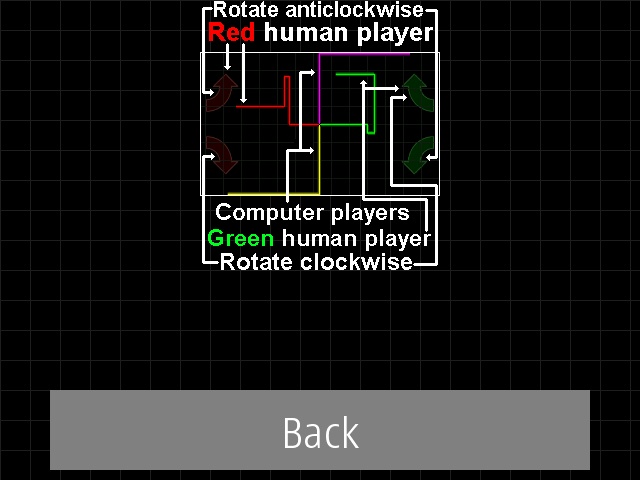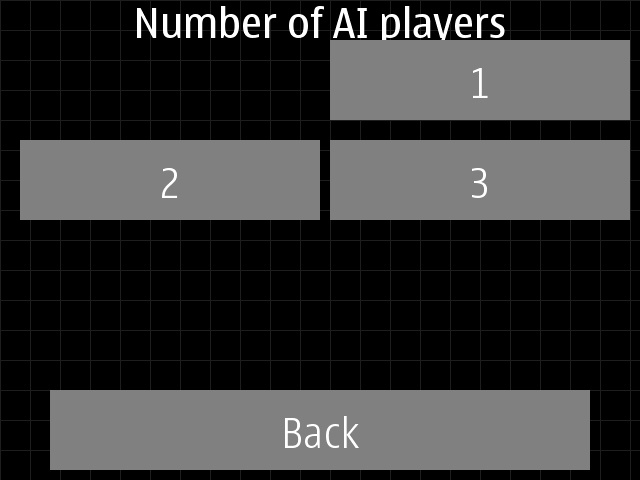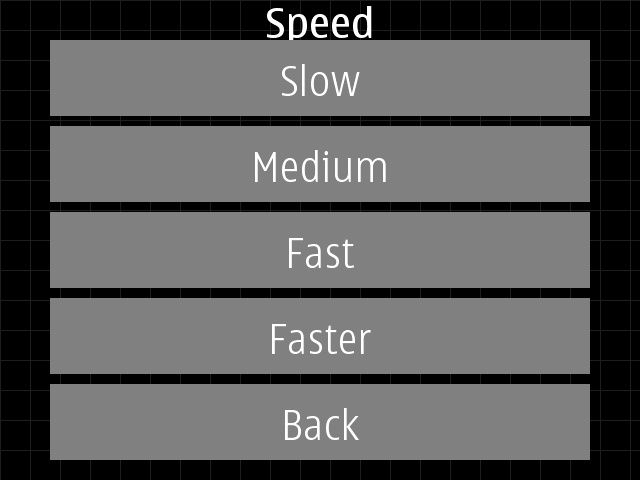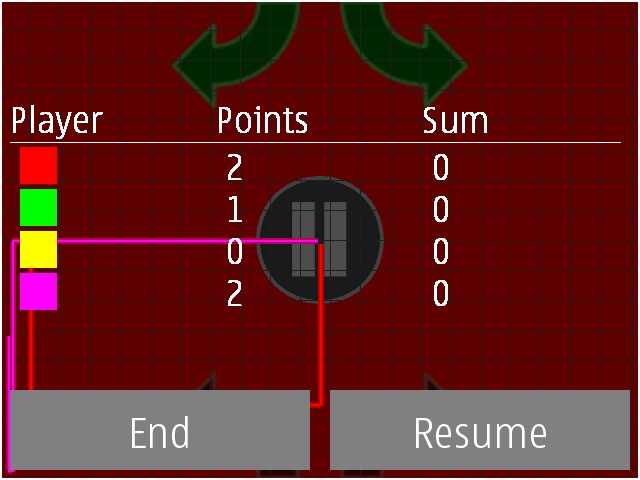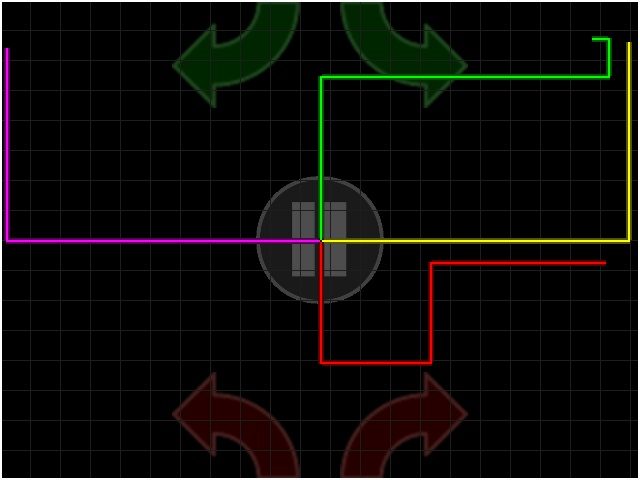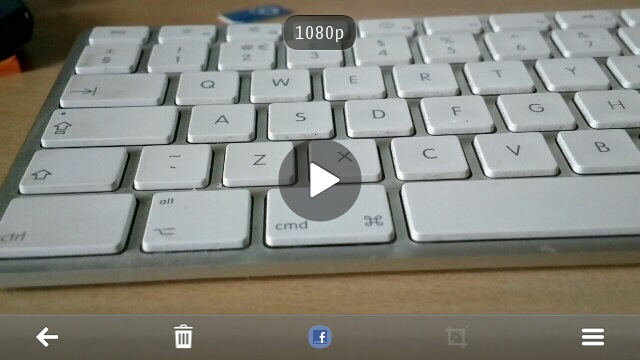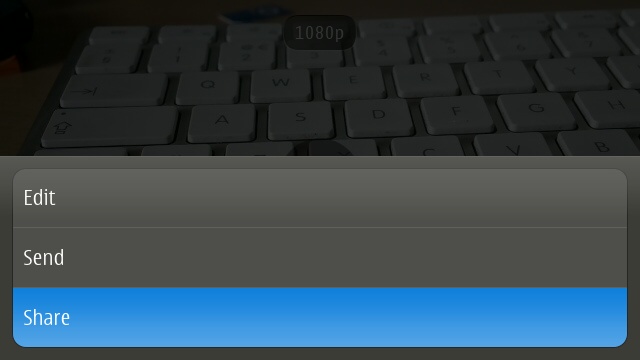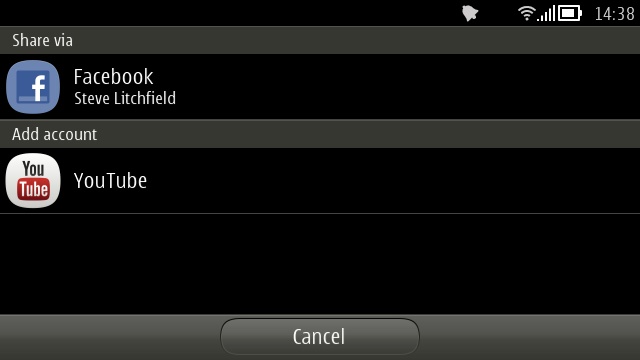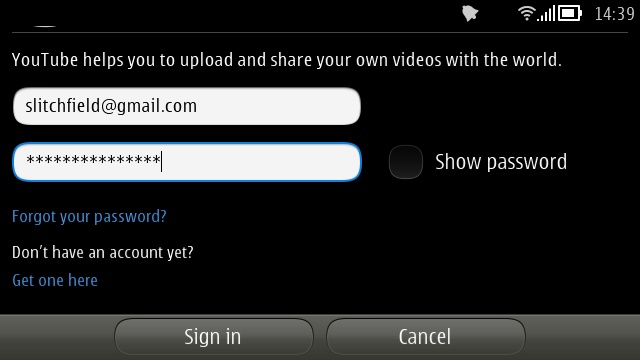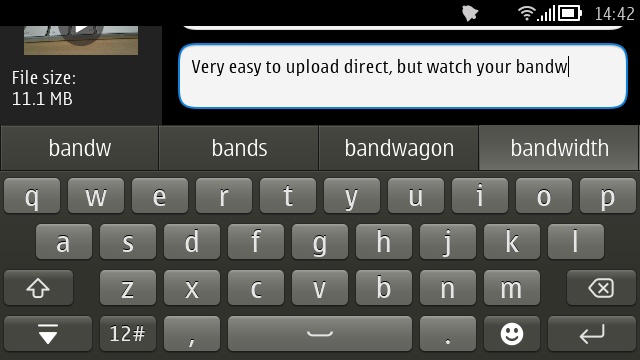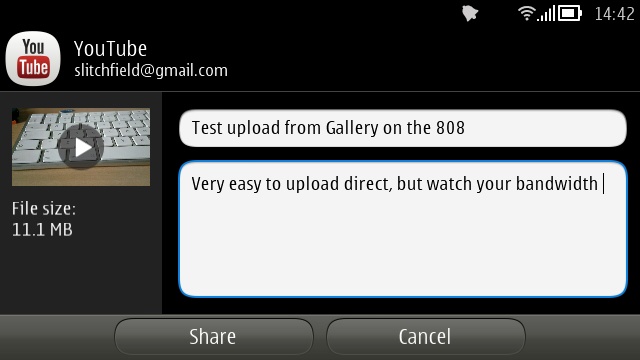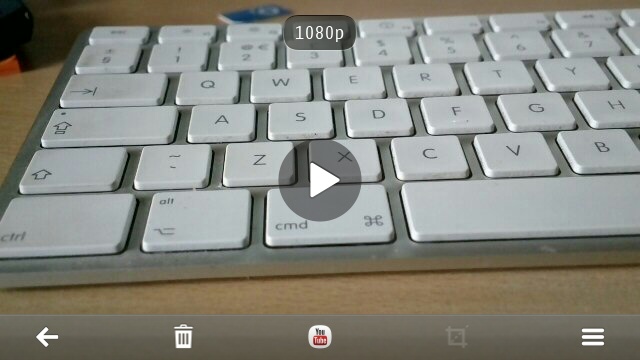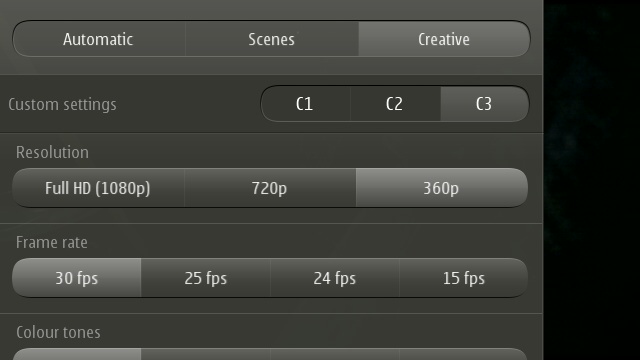Nokia has been consistently at the top of the camera phone tree for a decade now, but many people were curious about Nokia's choice of using 5 megapixels as the default capture resolution for the 2012 Nokia 808 PureView. The claim is that the pixels themselves are 'pure' and that most people don't need more than 5mp, but I wanted to quantify the 808's claims in the best way I know possible - by comparing directly with Nokia's own 5mp Xenon-equipped imaging flagship from five years ago, the N82. Let the shoot out commence!
![N82 and Nokia 808 N82 and Nokia 808]()
Before showing actual photos (gathered on a trip to South Hill Park in Autumn sunshine), a reminder of the basic specs of the two stills cameras, separated by five years, remember:
| Still specs |
Nokia N82 |
Nokia 808 PureView |
| Year launched |
2007 |
2012 |
| Sensor size |
1/2.5" |
1/1.2" |
| Resolution |
5 megapixels |
41 megapixel sensor, resolving to 5 megapixels with PureView oversampling |
| Aperture |
F2.8 |
F2.4 |
| Screen size |
2.4" |
4.0" |
| Notes |
Mechanical camera protection, dedicated Gallery key, also VGA video capture |
Gorilla Glass protection, also 1080p video capture, also PureView zoom in both stills and video modes by reducing the oversampling |
Although the Nokia 808's camera specifications naturally outgun the N82's by a fairly large margin, it should be noted, even emphasied, that the 2007 Nokia N82 has a camera sensor that's much larger than all the Android, iOS and Windows Phones on the market today, in 2012. Yes, Nokia has/had that much of a lead in terms of camera phones. But I digress...
By the way, if my featuring the classic N82 has you getting all nostalgic, then look out for a revised 'Pimping' article for this five year old device, coming to AAS very soon....
So to my tests then, seven test shots across different conditions and subjects, looking at both the overall exposure and the detail captured.
Test 1: landscape, sunshine
The archetypal test 'snap' - any camera-toting phone should get this nailed, of course. I wouldn't expect much difference here between the N82 and 808, and indeed between any smartphone camera from the last few years. Here are the two photos, resized first to fit on this web page, the 808's and then the N82's:
![Nokia 808 snap, resized for the web here Nokia 808 snap, resized for the web here]()
![Nokia N82 snap, resized for the web here Nokia N82 snap, resized for the web here]()
As expected then. Cropping in to look at the central detail, we see:
![Nokia 808 vs N82 photo crop comparison Nokia 808 vs N82 photo crop comparison]()
The colour difference in the brickwork is somewhat striking, though I have to say that neither photo gets it right - the actual colour (to my eyes) is more of a fuller orange, darker than the N82 makes out and not as red as the 808 suggests. There's not a world of difference in the detail here, but then this is a small crop of a 5mp image and the raw resolution is the limiting factor here. If you look really closely, you can see more contrast and less artefacts in the 808's image, but the differences aren't massive.
Test 2: bright colours, sunshine
Brilliant direct sunshine and some stunning golf autumn leaves against a brilliant blue sky. The colours and the intricate detail in the leaves should prove very testing. As before, here are the two photos, resized first to fit on this web page, the 808's and then the N82's:
![Nokia 808 snap, resized for the web here Nokia 808 snap, resized for the web here]()
![Nokia N82 snap, resized for the web here Nokia N82 snap, resized for the web here]()
Both phone cameras do a great job, especially considering the N82 is from so long ago... Cropping in to look at the central detail, we see:
![Nokia 808 vs N82 photo crop comparison Nokia 808 vs N82 photo crop comparison]()
Again, both phones do well, though again once you look really closely (e.g. the branches) you can see more detail and better realism, even though both photos are taken at the same resolution.
Test 3: green detail
One of the biggest issues with older cameras, in my experience, is that they lacked the processing power and to handle a mass of colour with fine detail (e.g. grass and greenery), producing a muddy mess instead of trying to follow the detail. The N82 and N95 definitely fell into that trap, back in 2007, so I chose an impressive tree, a mass of green. As before, here's the 808's photo and then the N82's:
![Nokia 808 snap, resized for the web here Nokia 808 snap, resized for the web here]()
![Nokia N82 snap, resized for the web here Nokia N82 snap, resized for the web here]()
Hmm.... definitely a slight discolouration creeping into the N82 images here - the 808's colour for the huge oak tree is perfect. Cropping in to look at the central detail, we see:
![Nokia 808 vs N82 photo crop comparison Nokia 808 vs N82 photo crop comparison]()
Where leaves overlap, you can definitely see the muddiness I mentioned earlier, with the JPG compression being unable to cope with the mass of subtle detail. In contrast, the 808 crop above shows plenty of original detail, plus (as I'll come back to below) there's the facility to zoom in or increase the resolution if needed....
Test 4: macro detail, sunshine
Let's go macro - I noticed some tufts of wool, presumably left over from a livestock demo, lying in the sunshine. Perfect for a detailed macro shot. Here's the 808's try and then the N82's:
![Nokia 808 snap, resized for the web here Nokia 808 snap, resized for the web here]()
![Nokia N82 snap, resized for the web here Nokia N82 snap, resized for the web here]()
Both phone cameras do well here - if anything I prefer the N82's colouration. Cropping in to look at the central detail, we see:
![Nokia 808 vs N82 photo crop comparison Nokia 808 vs N82 photo crop comparison]()
The detail in the central, focussed part of the 808's image is astonishing - the N82 does well, but there's blow out in the brightest parts of the photo and, again, muddiness where the detail is too much for the compression being attempted. In case you're wondering, by the way, the original 808 image was 1.1MB and the N82 one 1.5MB, making the 808's image all the more impressive.
Test 5: extreme macro
The ornate detail on an 'interestingly' coloured bench handle, lit by weak Autumn sun, low in the sky. Let's see how much of the texture of the painted metal each camera phone can capture. Here's the 808's snap and then the N82's:
![Nokia 808 snap, resized for the web here Nokia 808 snap, resized for the web here]()
![Nokia N82 snap, resized for the web here Nokia N82 snap, resized for the web here]()
Something slightly odd about the handle colour in the N82 version - again, the 808 had the colour nailed properly - it's too pale and the wrong shade in the bottom photo. Cropping in to look at the central detail, we see:
![Nokia 808 vs N82 photo crop comparison Nokia 808 vs N82 photo crop comparison]()
Not too much in it, but the 808 definitely has the edge for contrast and detail - the 808 crop somehow looks more... natural.
Test 6: indoors, low light, no flash, close-up
Not that much light around here, just ambient lighting on this paralympics photo. I turned flash off for both phones so that I'd be looking just at naturally gathered light. Here are the two photos, resized first to fit on this web page, the 808's and then the N82's:
![Nokia 808 snap, resized for the web here Nokia 808 snap, resized for the web here]()
![Nokia N82 snap, resized for the web here Nokia N82 snap, resized for the web here]()
The N82 shot looks clearer, but it's slightly deceptive because (as with all the shots here) the 808 has a slightly wider field of view, so shooting from the same distance it fits more into the frame and everything looks slightly smaller. Cropping in to look at the central detail, we see:
![Nokia 808 vs N82 photo crop comparison Nokia 808 vs N82 photo crop comparison]()
Cropped right in, it's easy to see that the 808-captured verson has richer, purer colours, with far less artefacts - look at the rich blue top for example - it has been turned into something of a mottled purple mess by the N82.
Test 7: Xenon-lit Christmas tree
Ah yes, with Christmas fast approaching, where would we be without the archetypal Xenon-flash-lit tree shot?! There was reasonable artificial/ambient lighting too, so this wasn't lit entirely by the flash, but you'll get the idea anyway. Here's the 808's snap and then the N82's:
![Nokia 808 snap, resized for the web here Nokia 808 snap, resized for the web here]()
![Nokia N82 snap, resized for the web here Nokia N82 snap, resized for the web here]()
Both excellent Xenon snaps - but then the N82's flash is around the same brightness as the 808's (unlike the N8's which was half the size). Cropping in to look at the central detail, we see:
![Nokia 808 vs N82 photo crop comparison Nokia 808 vs N82 photo crop comparison]()
The murky artefacts are back - look at the pine needles in the N82 version compared to the individual leaves in the 808 shot. Look also at the smooth detail on the red bauble, which is turned into a slight orange decoration with more fuzzy artefacts by the N82 camera.
Five years of progress
I'm being a little hard judging the N82's photos against the very best of 2012, but that was, after all, the point of the article. The N82 photos above (and typical N95 photos - which had the same camera unit, albeit minus the Xenon flash) were leaps and bounds ahead of the competition back in 2007 - hey, the iPhone didn't even have auto-focus at the time. So, in hindsight, it's astonishing that the N82 is even comparable to something from 2012, and credit's due where credit's due.
But the advances in sensor technology and image processing in particular have a noticeable effect, as you can see above. There's also, in the Nokia 808's case, a huge extra factor which I haven't tested at all - the ability to shoot at 8 megapixels or even 34 or 38 megapixels if needed, using the native resolution of the giant 808 sensor. Plus, when composing a shot, the PureView system can be used to losslessly zoom in, to better frame something and pull out more detail.
PS. More to taking photos than just the photos....
There are two more important factors that are well worth picking up on. Firstly, the N82, which seemed quite fast enough back in the day (all phones ran at that speed!), seemed to be wading through treacle when focussing, bringing up image previews and saving files. In contrast, the 808 focussed in an instant, brought the image up almost immediately and was at least an order of magnitude faster.
Secondly, there's the screen clarity - compare a low brightness QVGA, 2.4" display with a high brightness, ClearBlack Display nHD 4.0" screen and, well, there's simply no comparison.... switching between the two phones in terms of user experience, even as just a camera, was like going from a handheld TV from the 1990s to a 2012 40" LCD television.
Again, this isn't a sleight on the N82 - it was terrific for its time, but processor and display technology has improved enormously since 2007.
Comments welcome. Could you go back to a Nokia N95/N82 phone camera? Would you notice the difference?
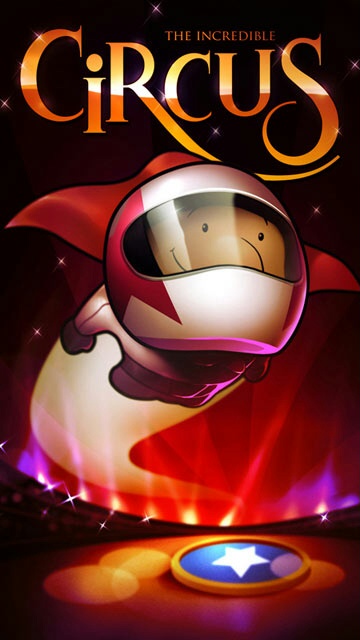
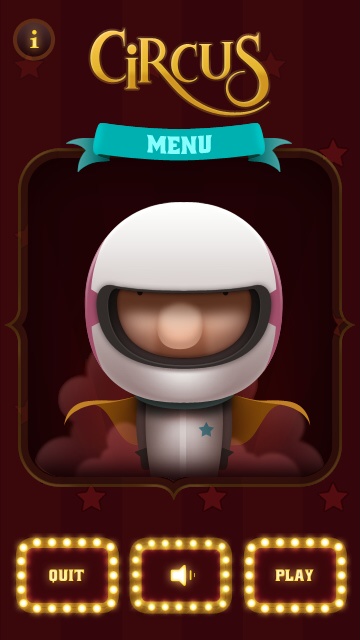
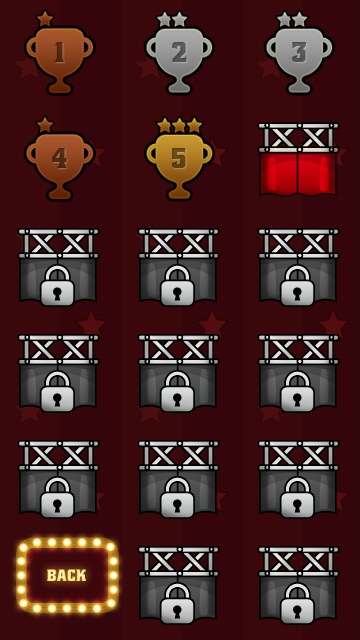
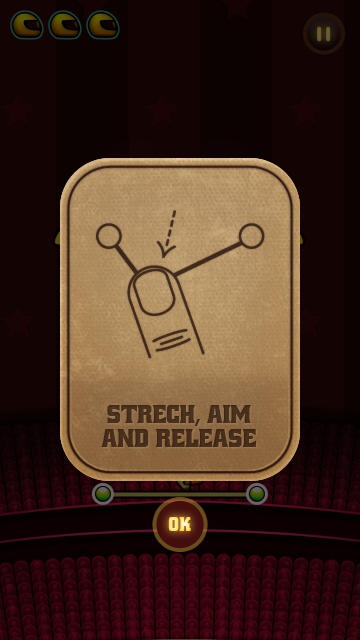
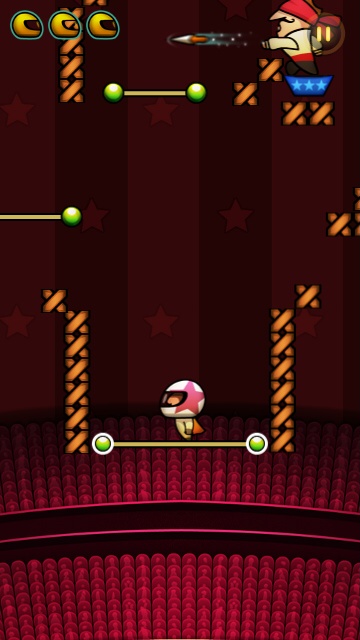
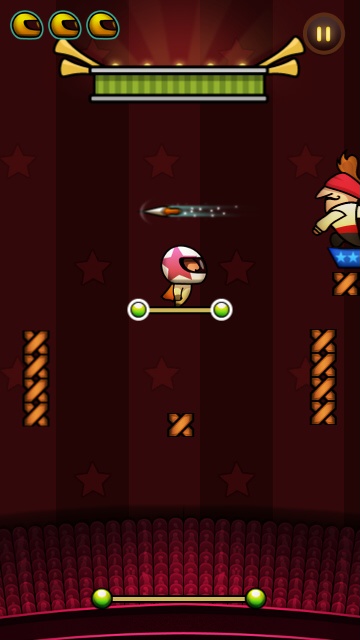
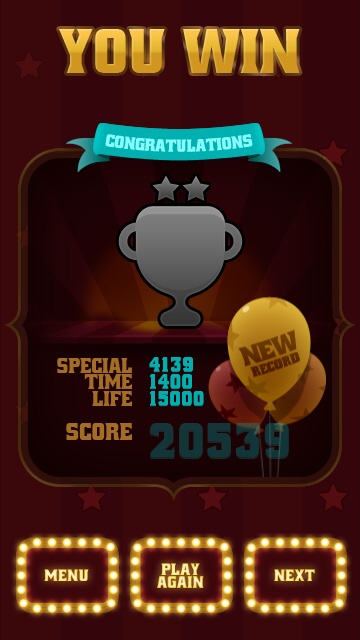
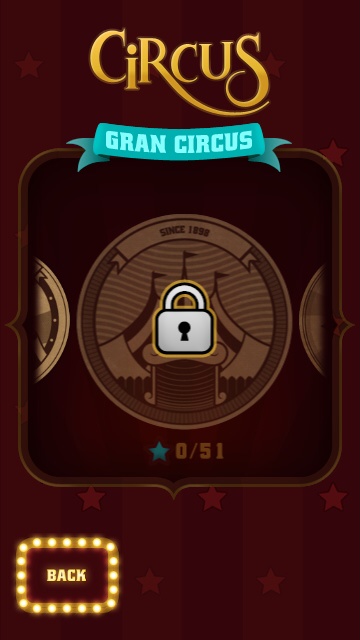
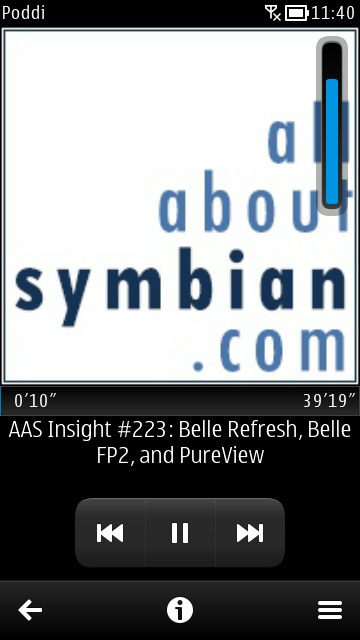
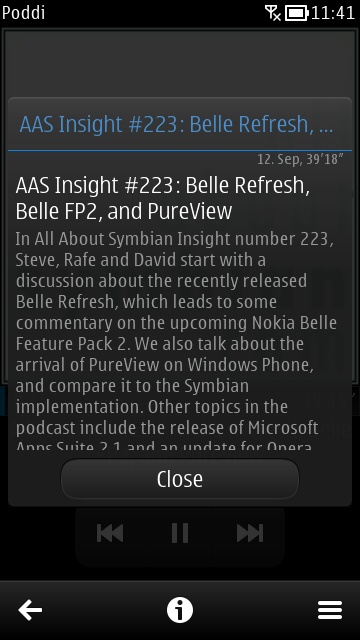
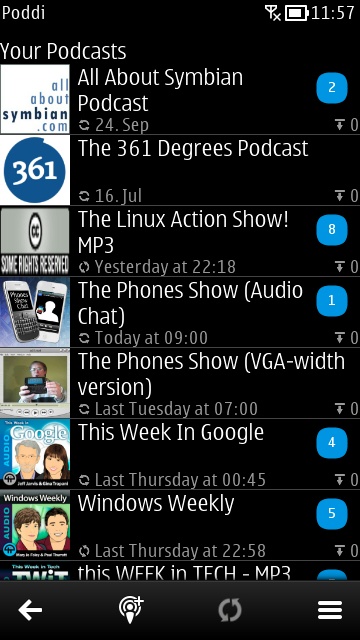

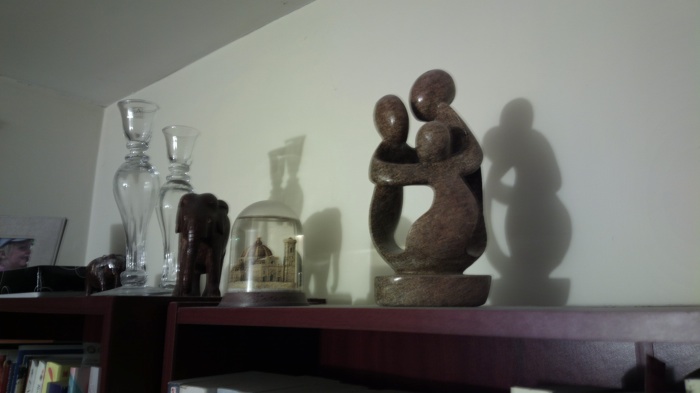

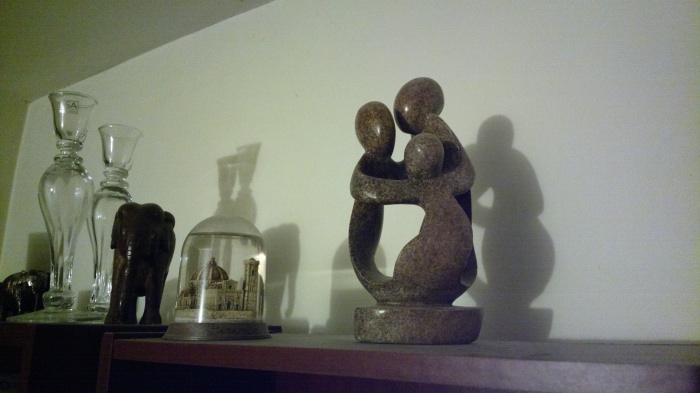
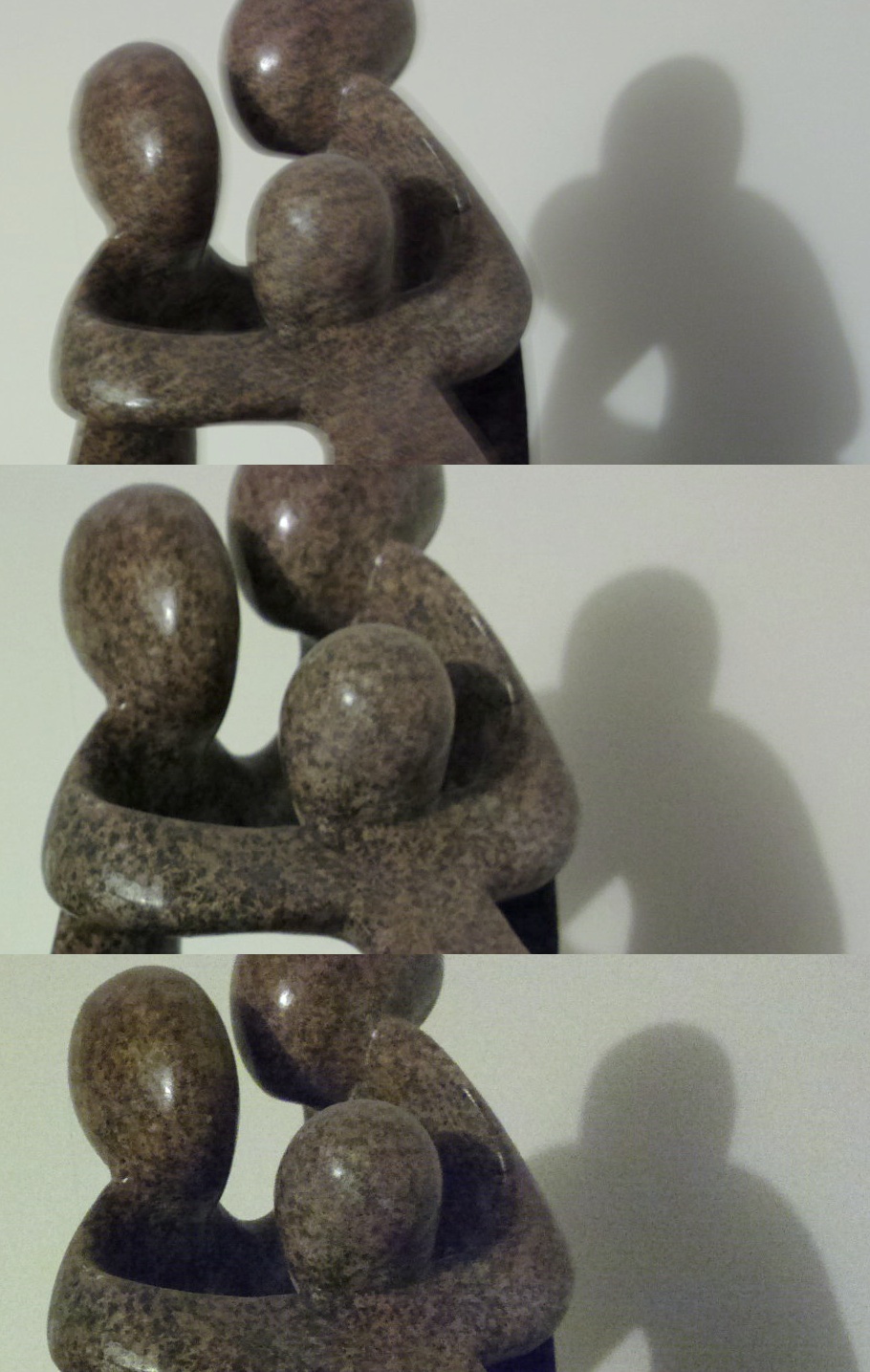
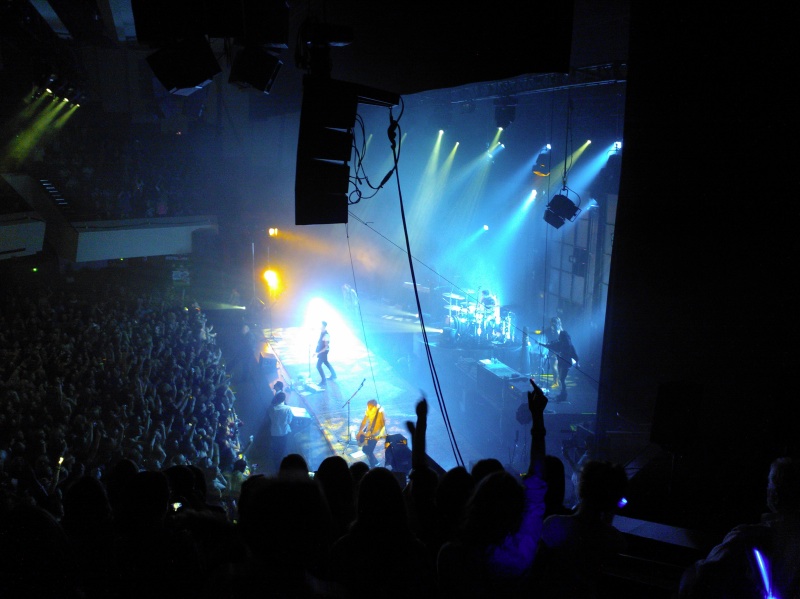
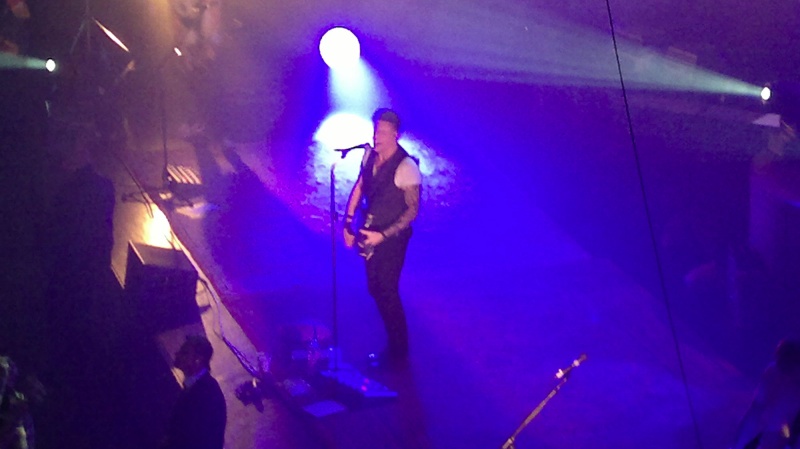
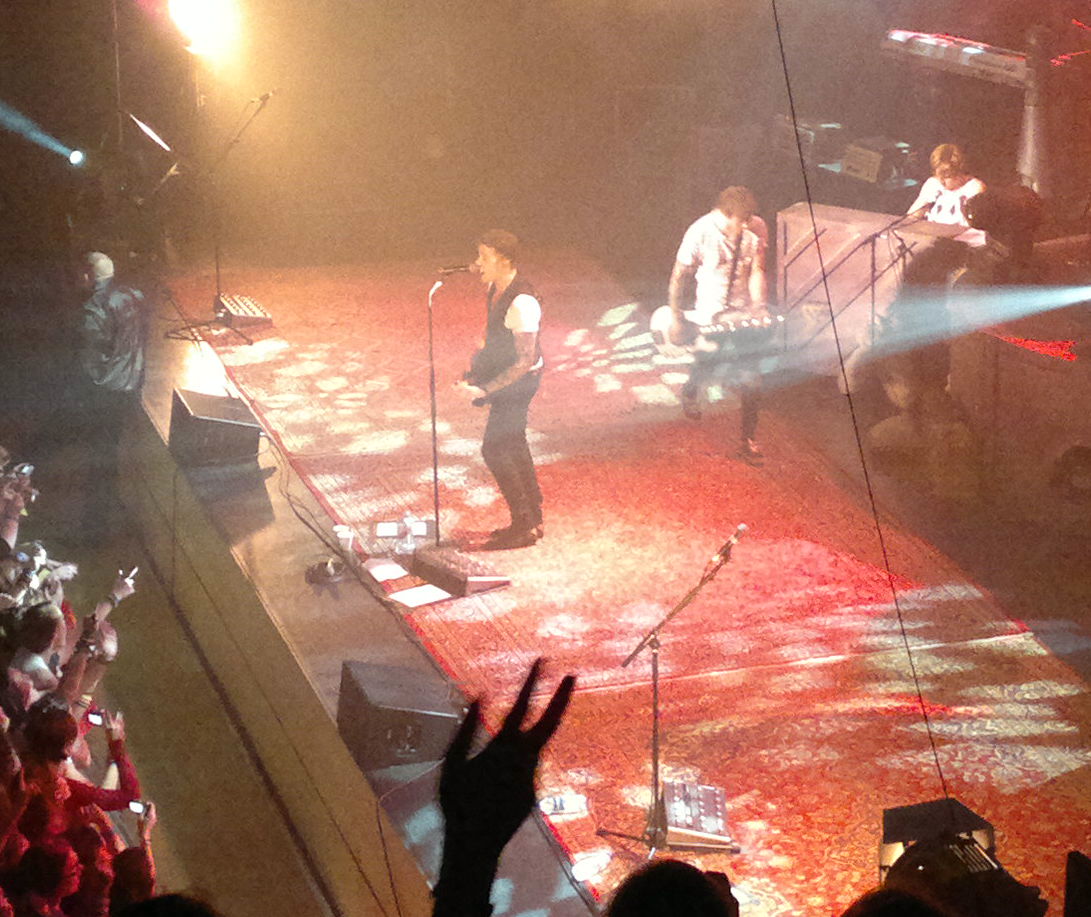
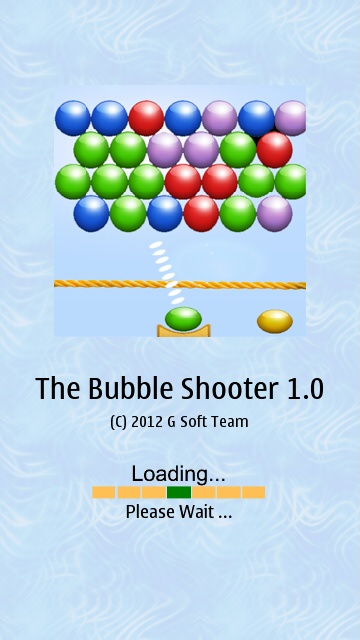
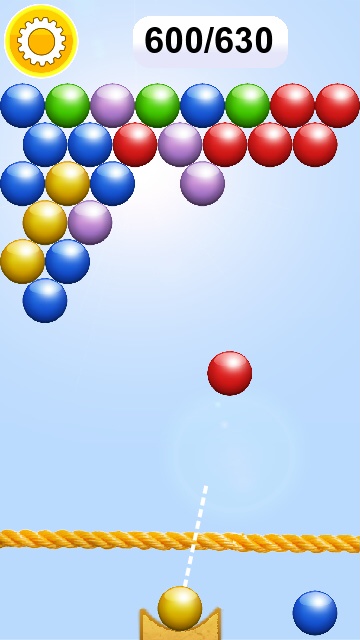
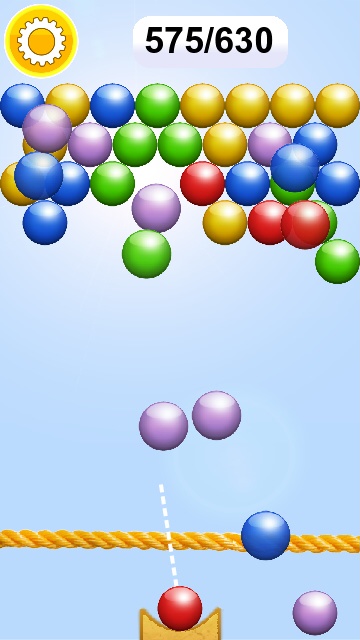
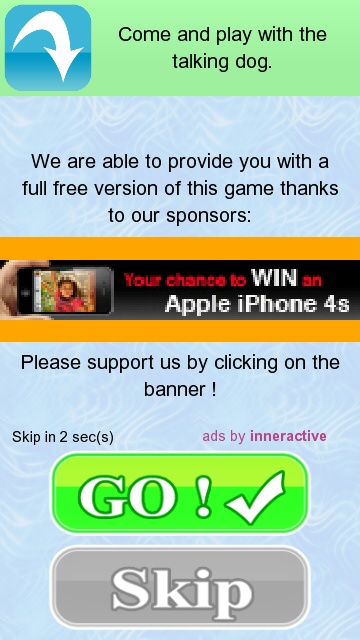
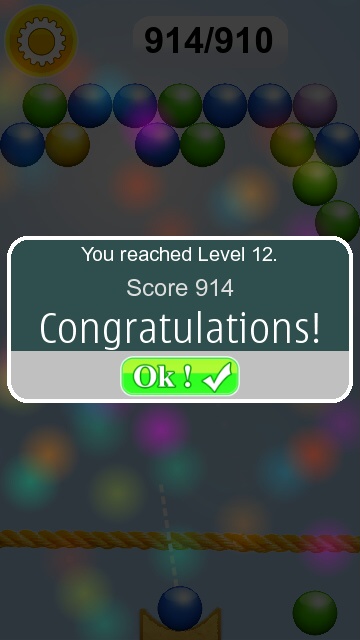
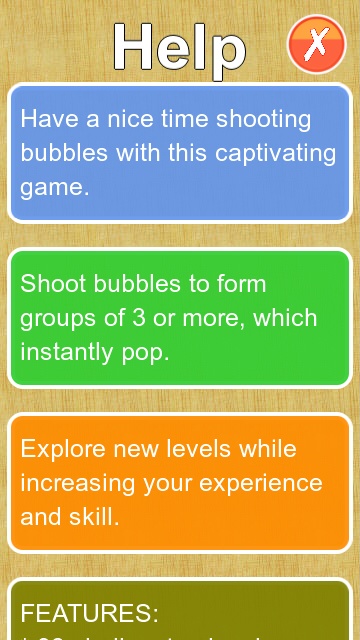
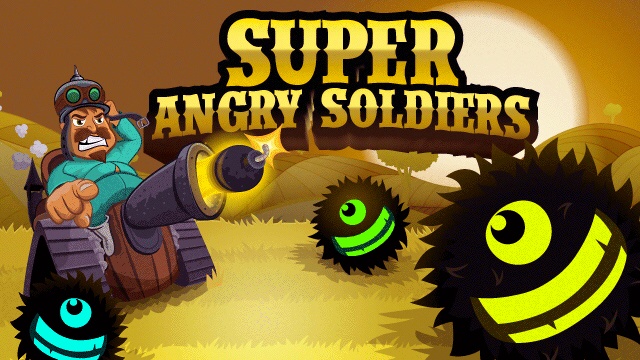
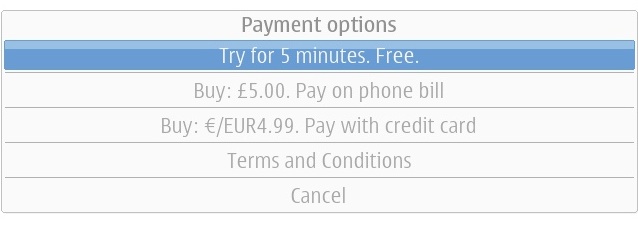
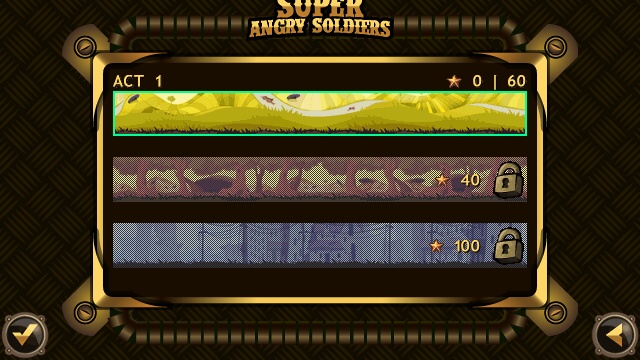
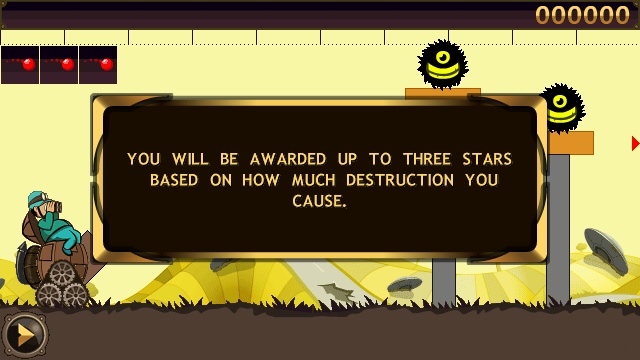
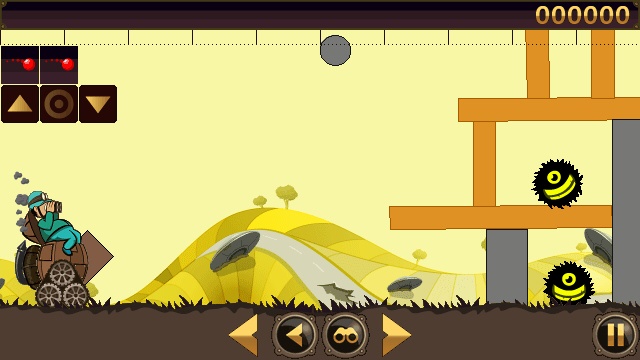
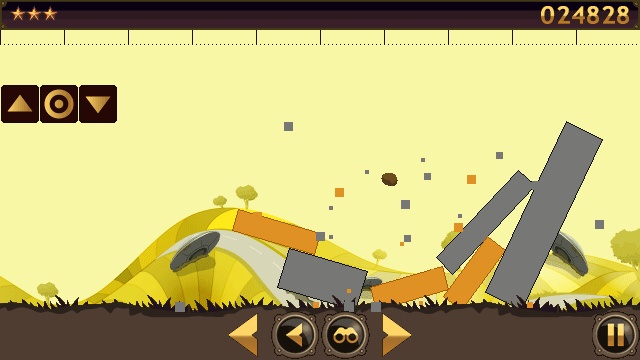
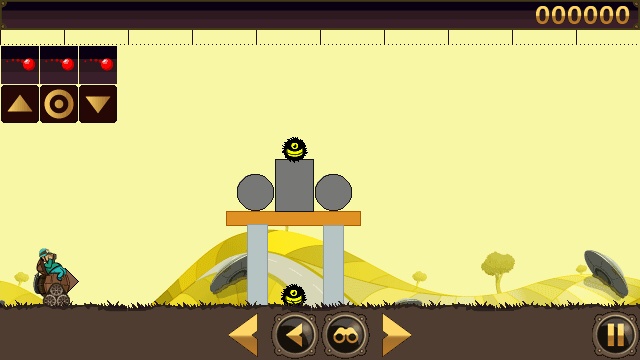
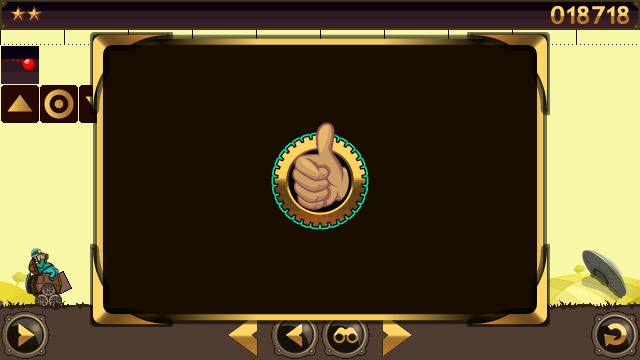

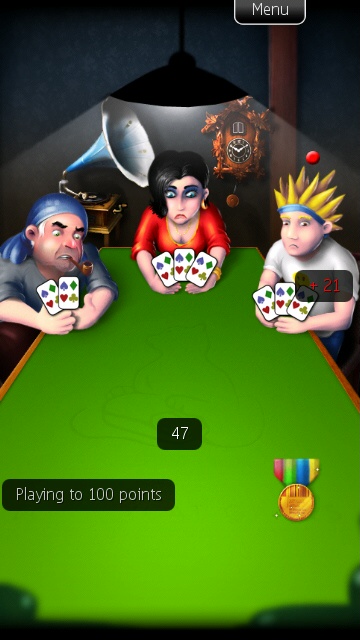

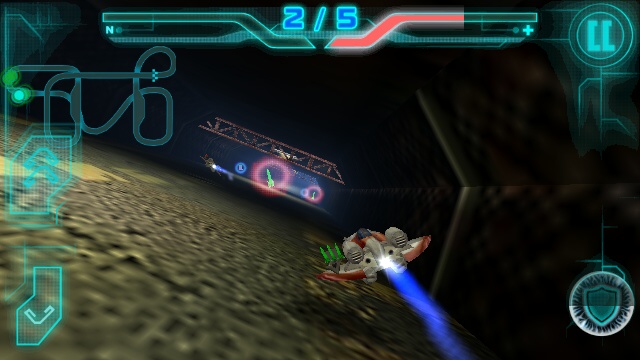
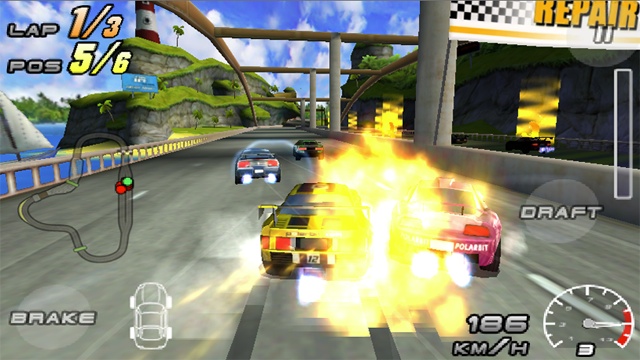
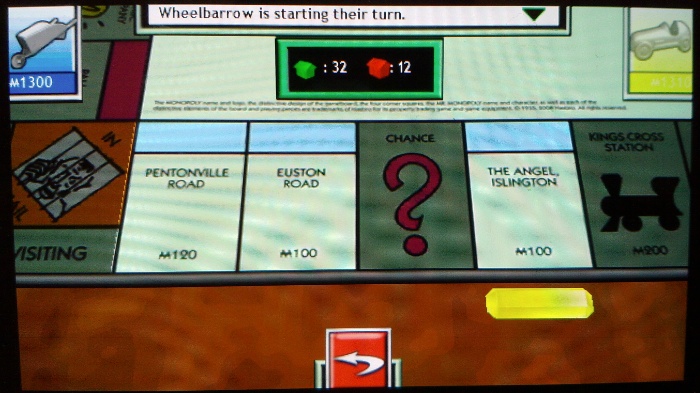
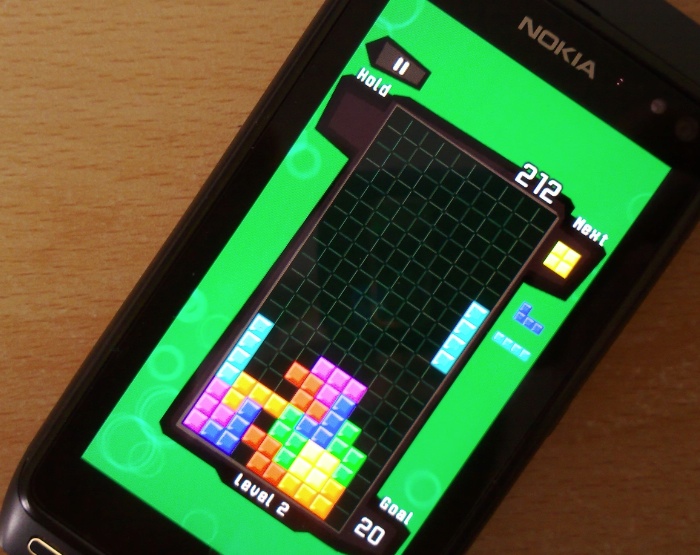

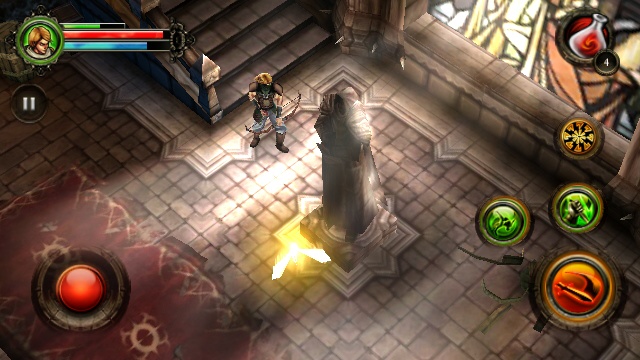
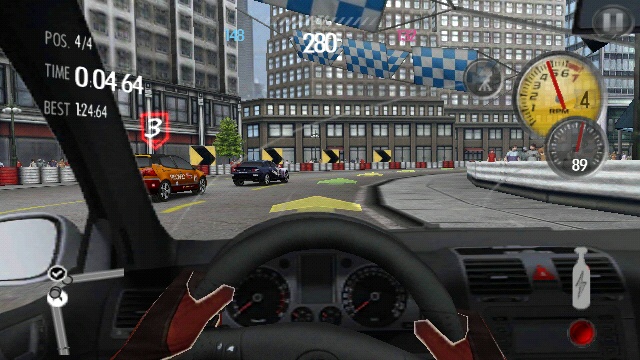

.jpg)
.jpg)

.jpg)
.jpg)
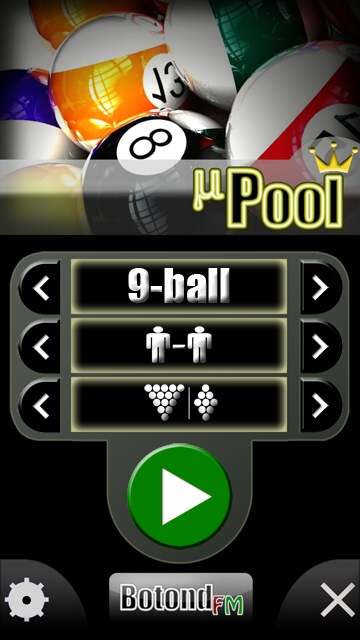

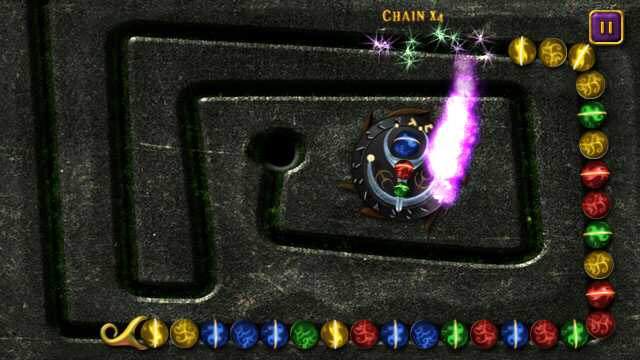

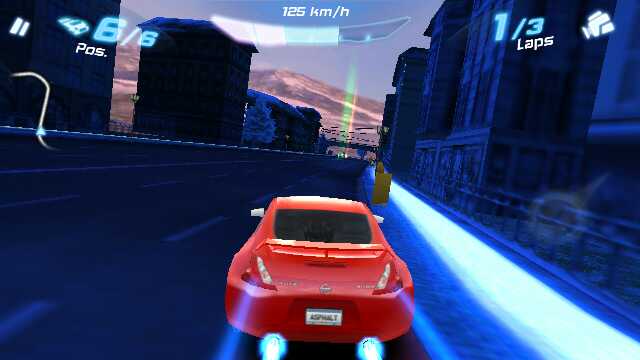
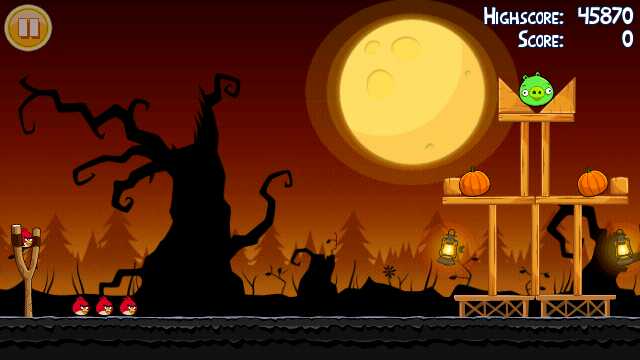
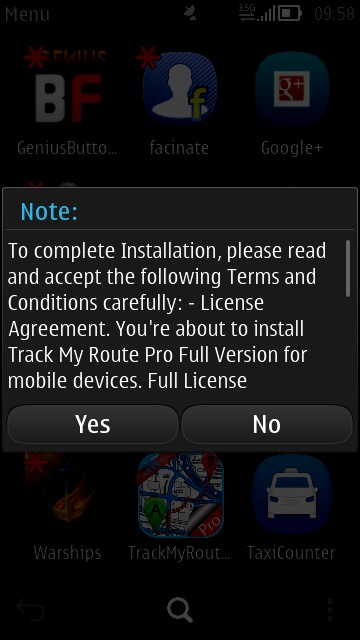
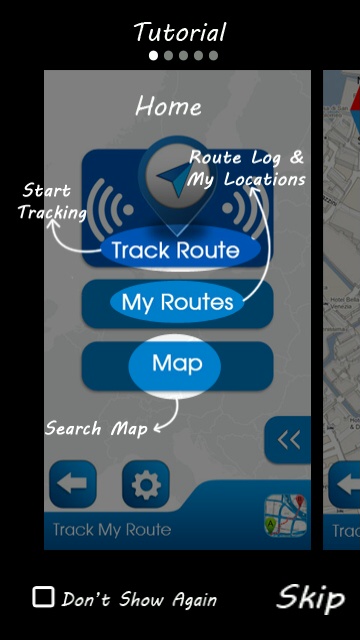
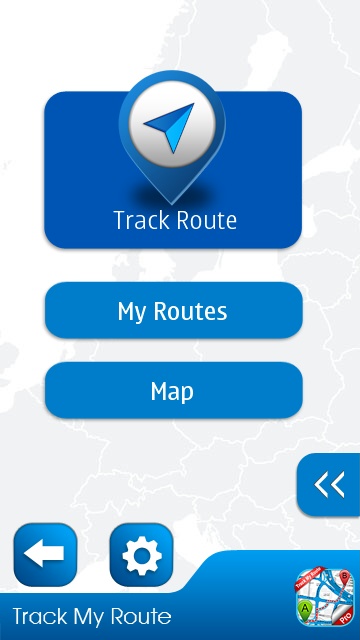
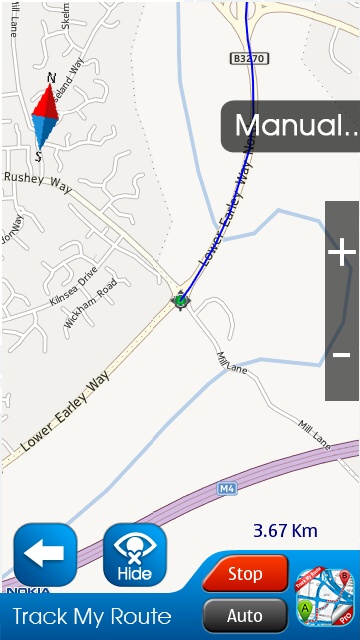
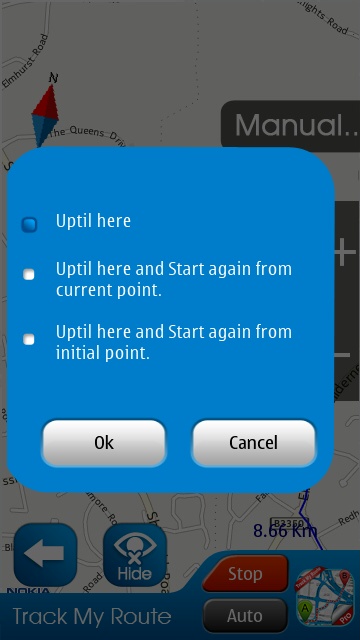
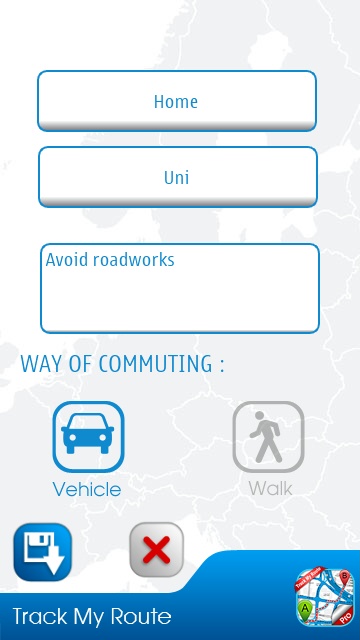
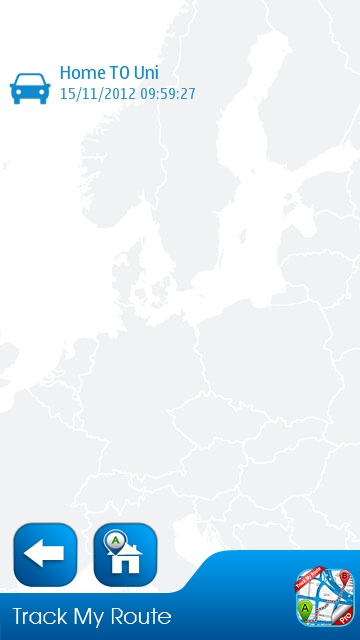
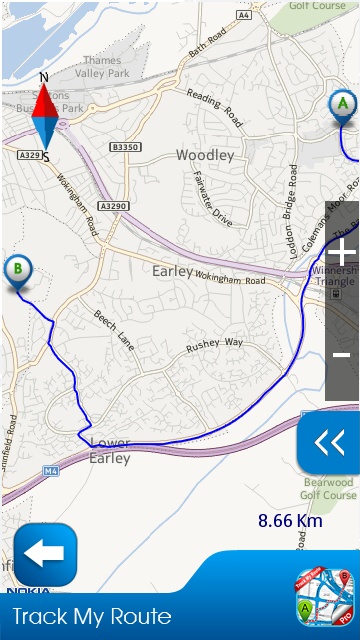
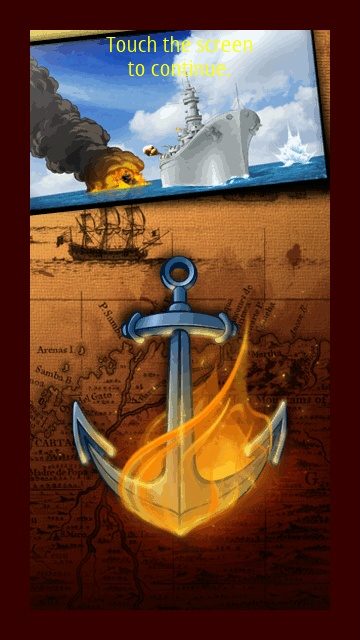
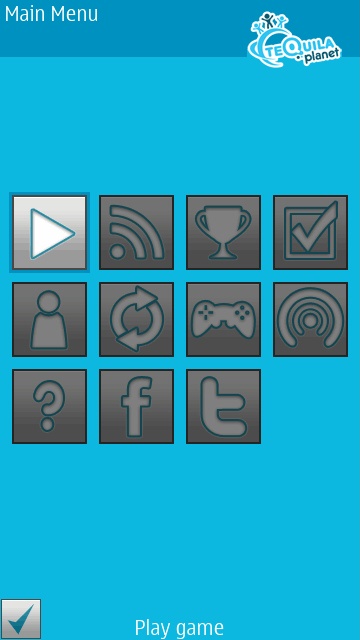
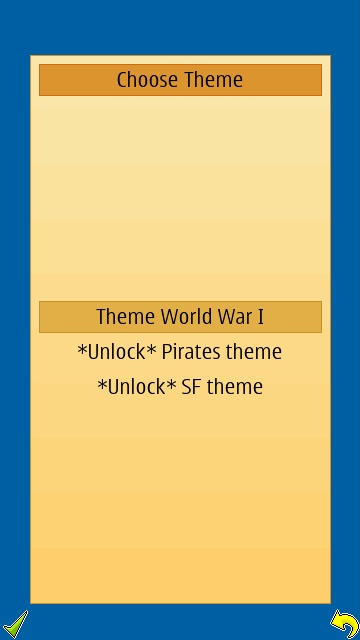

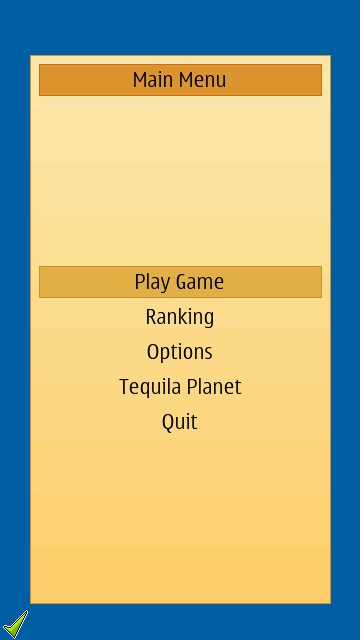

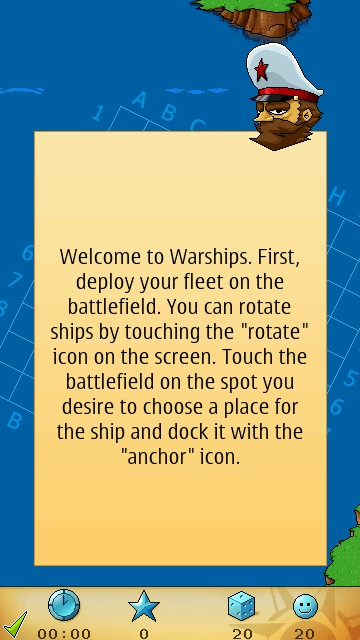
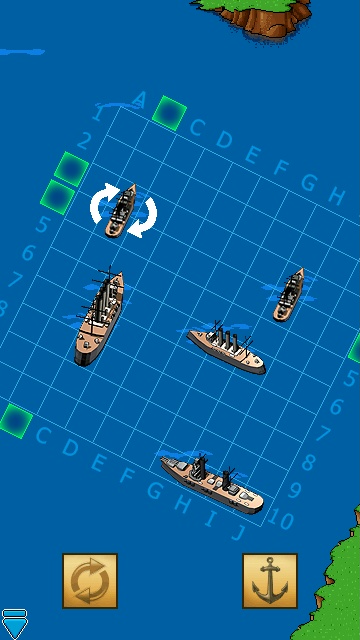
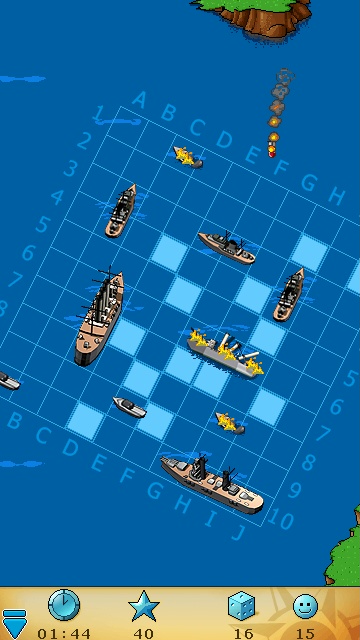
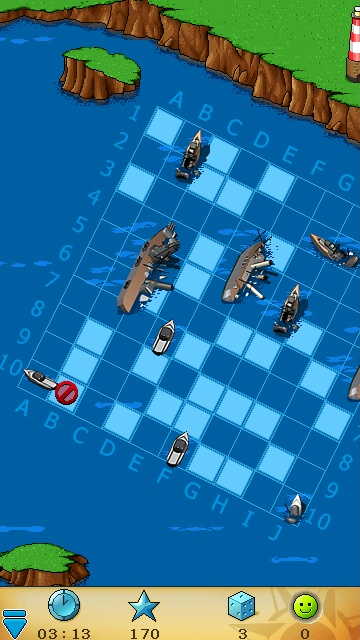
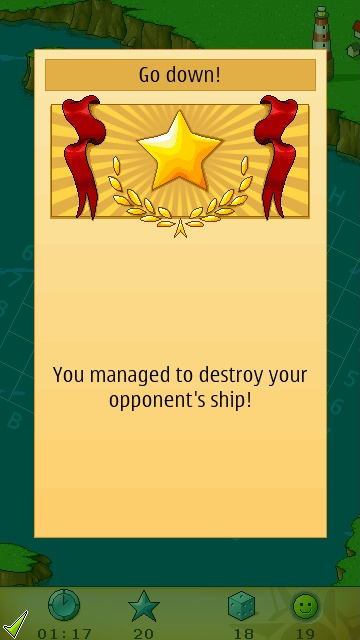
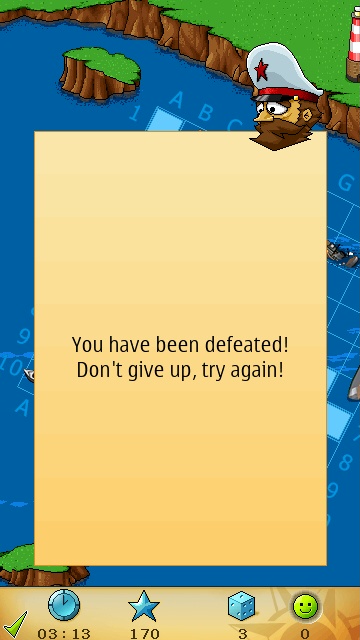
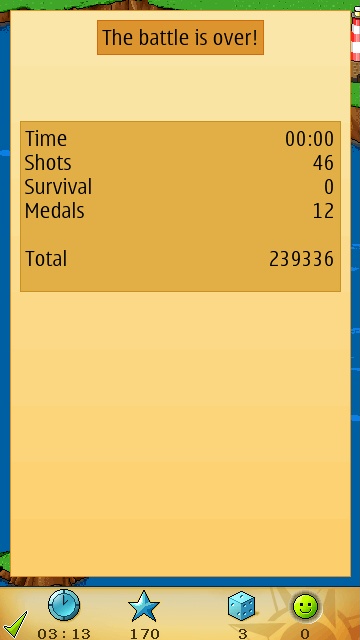
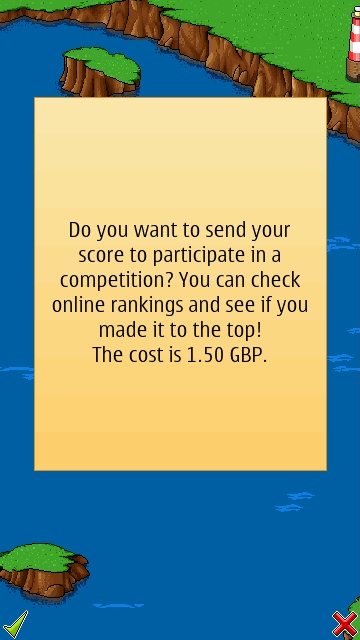

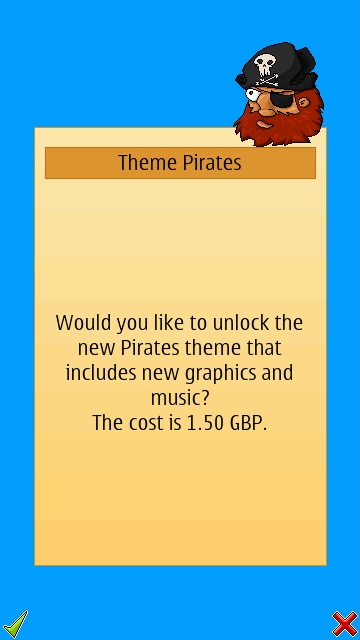
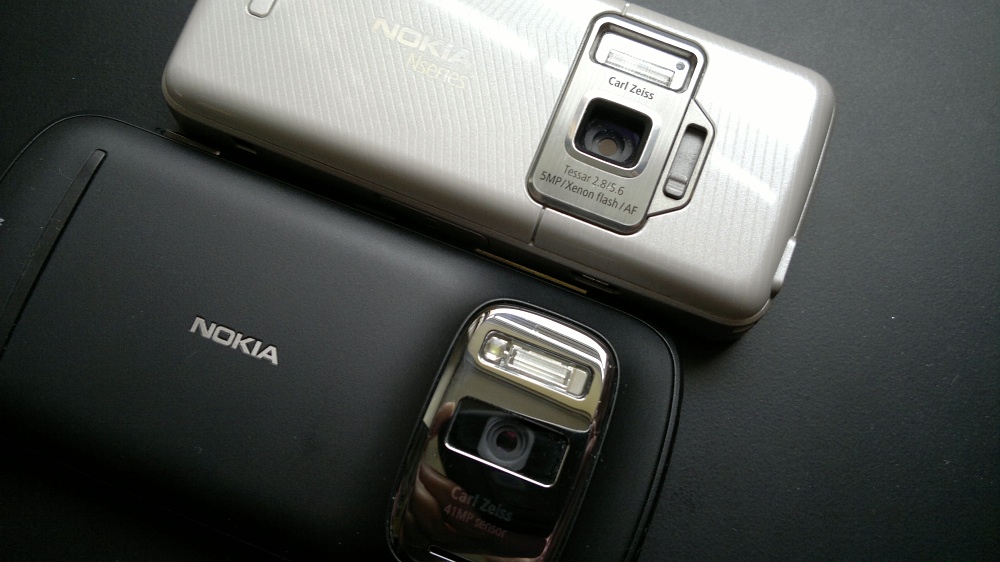
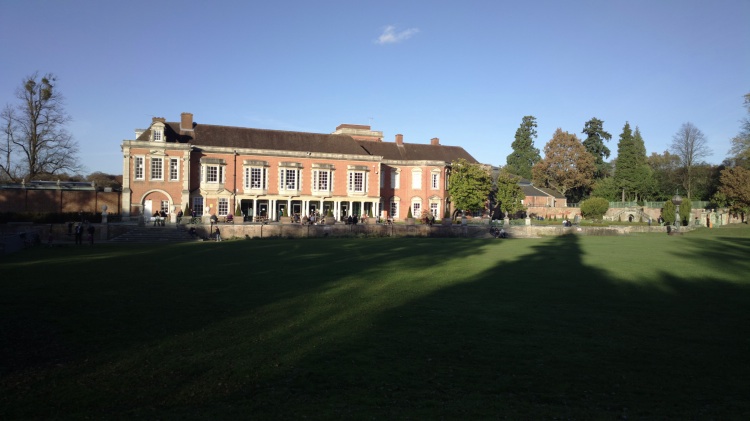
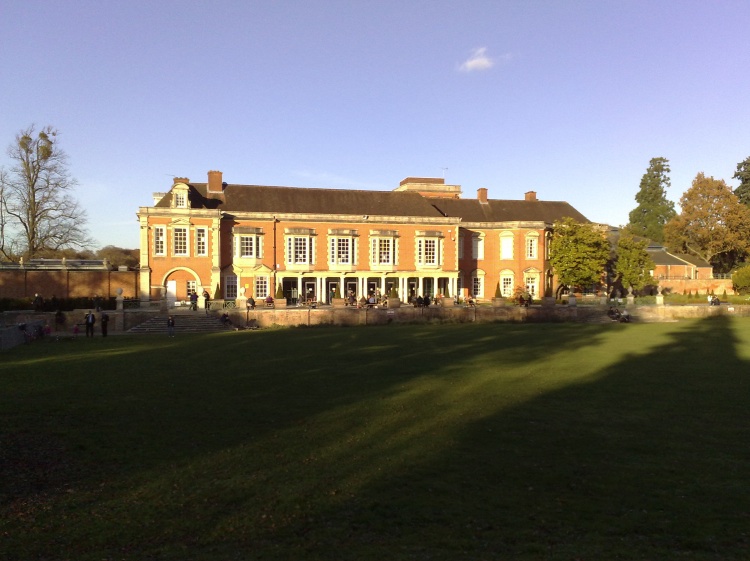





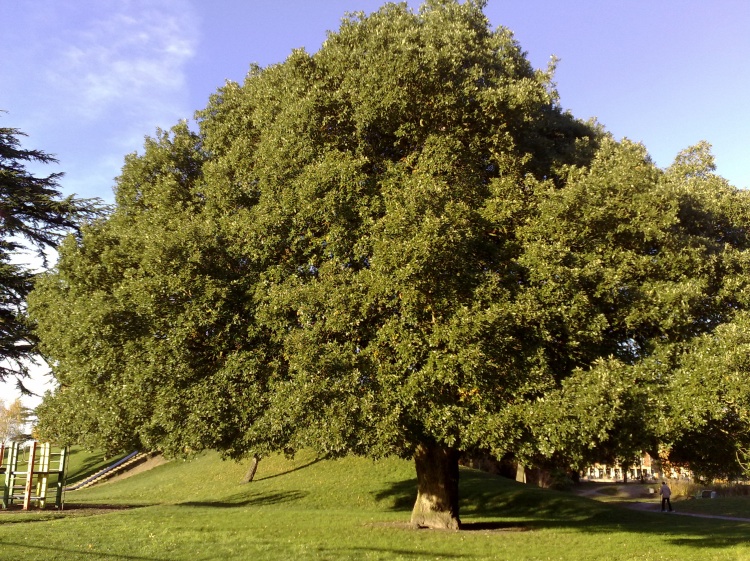
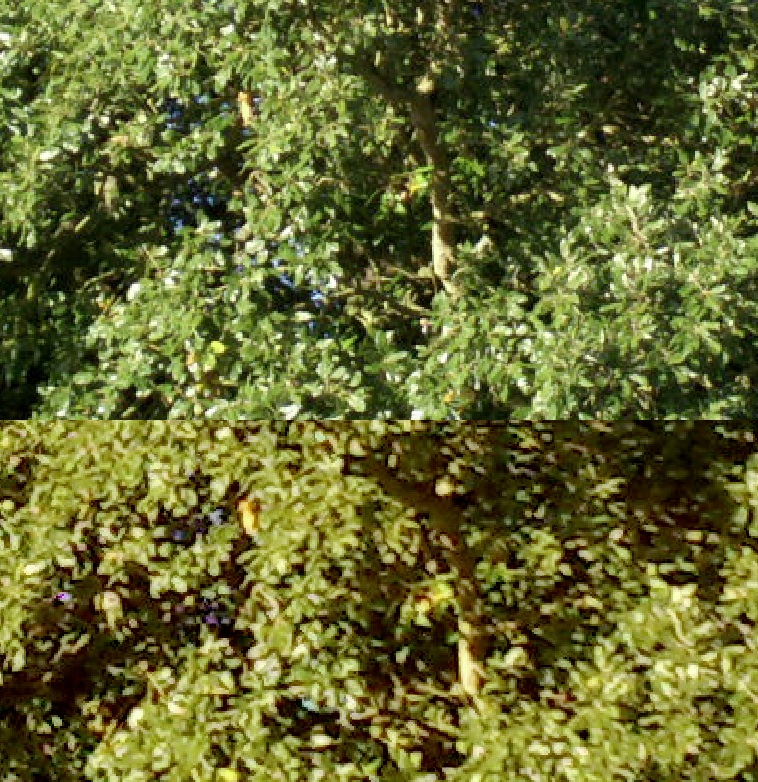





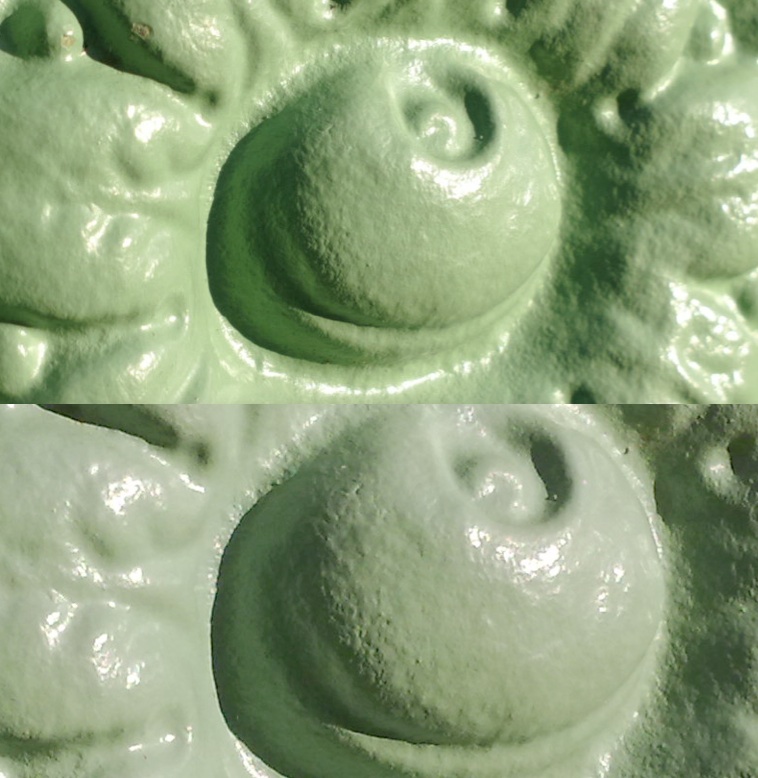
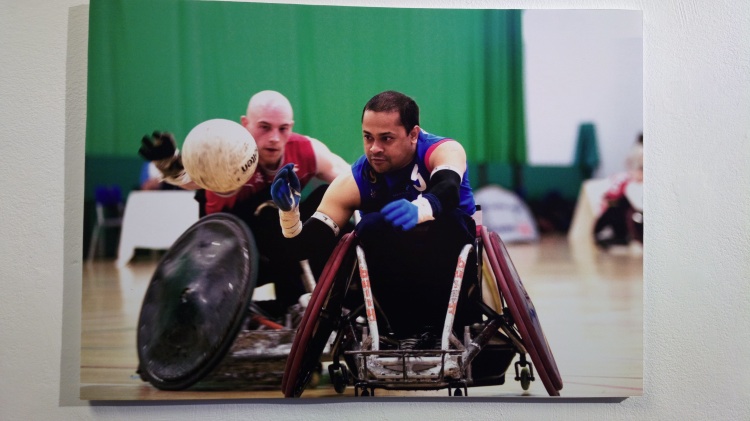
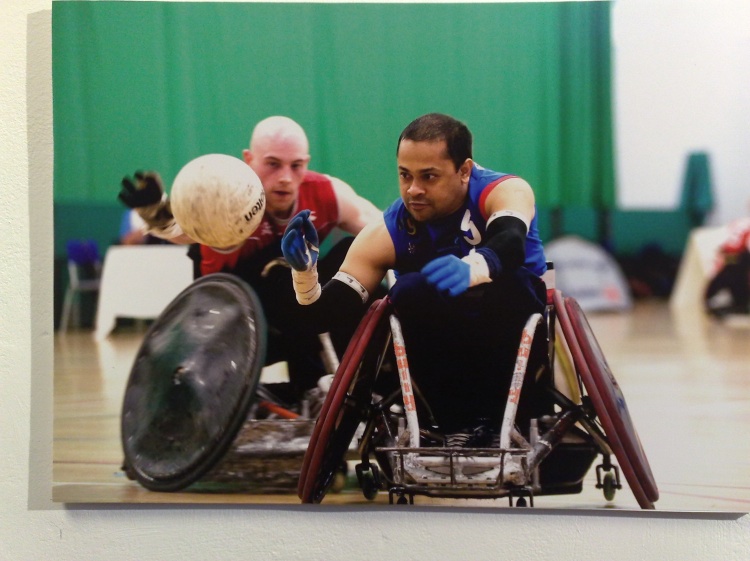



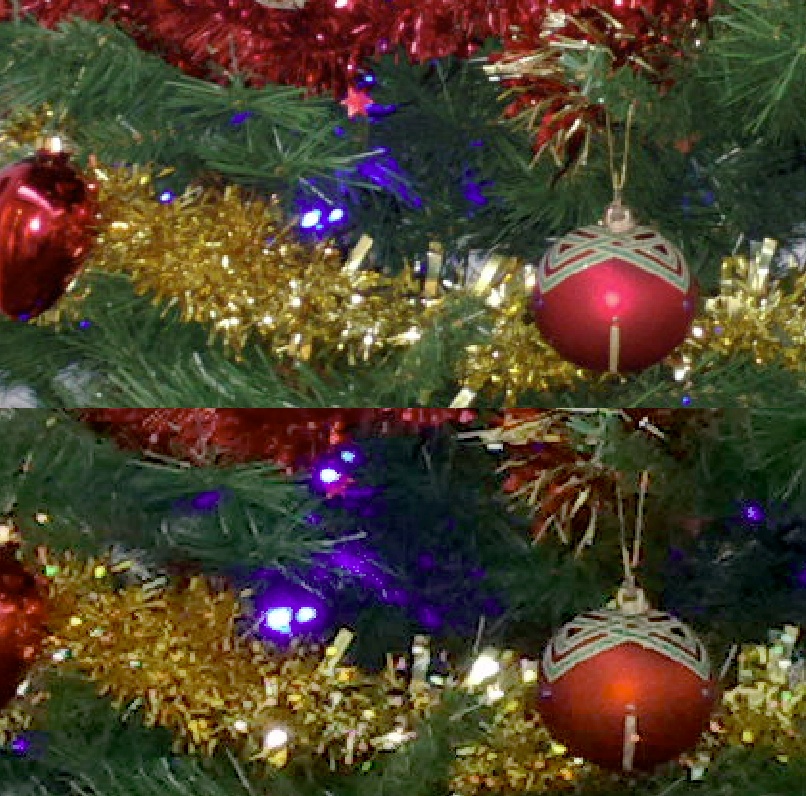
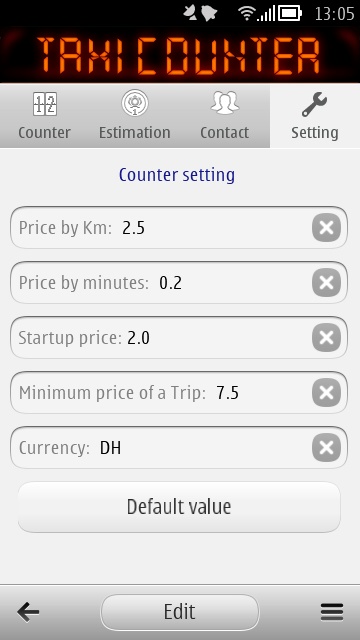
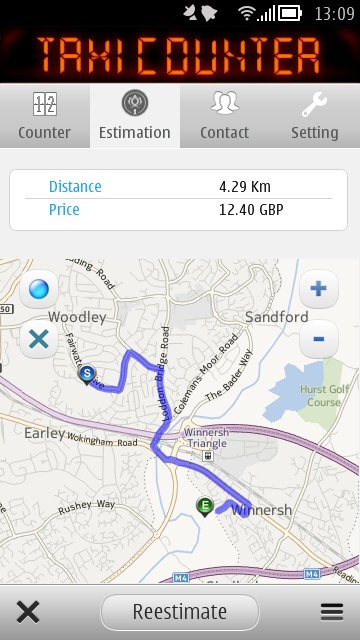
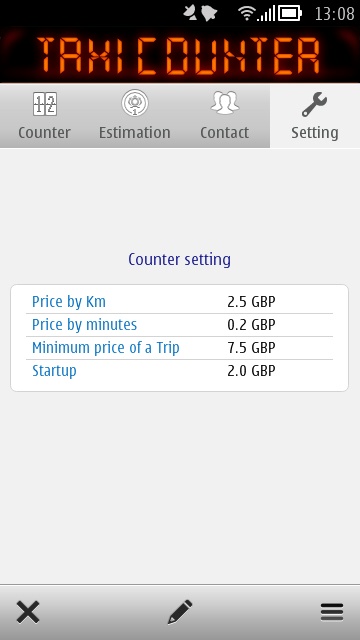
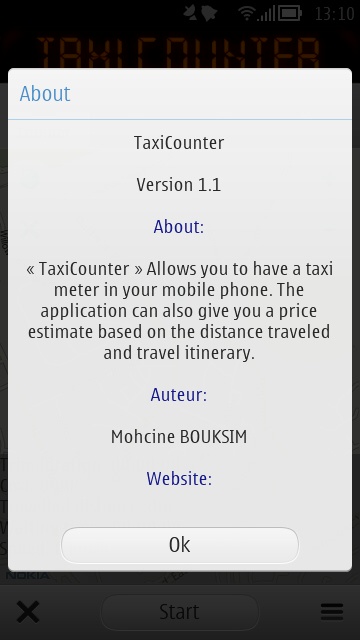

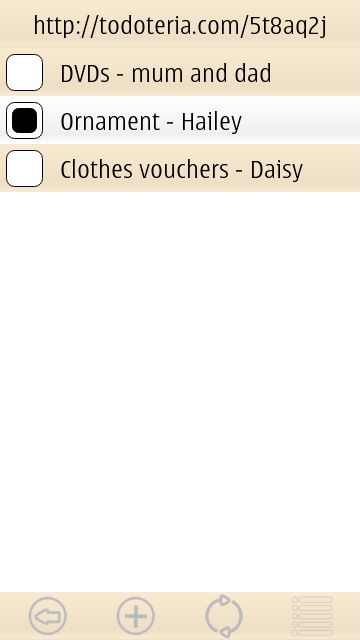
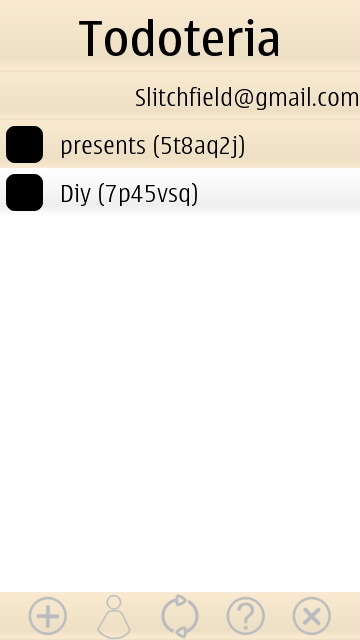
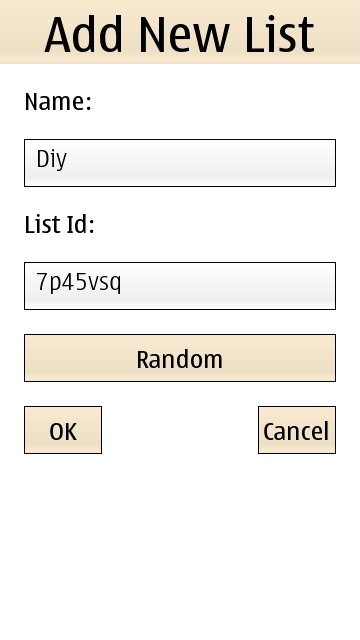
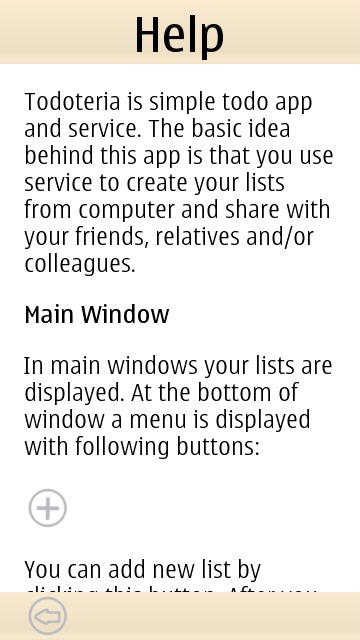
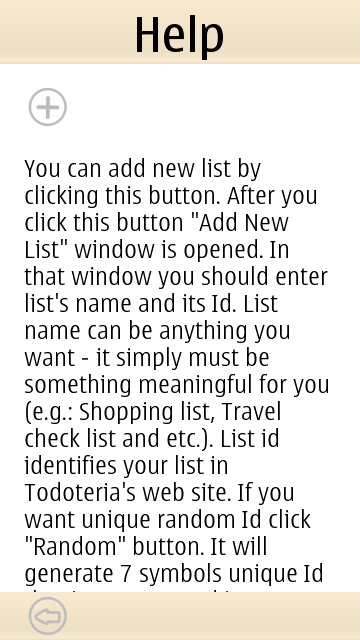
.jpg)
.jpg)
.jpg)
.jpg)
.jpg)
.jpg)
.jpg)
.jpg)
.jpg)
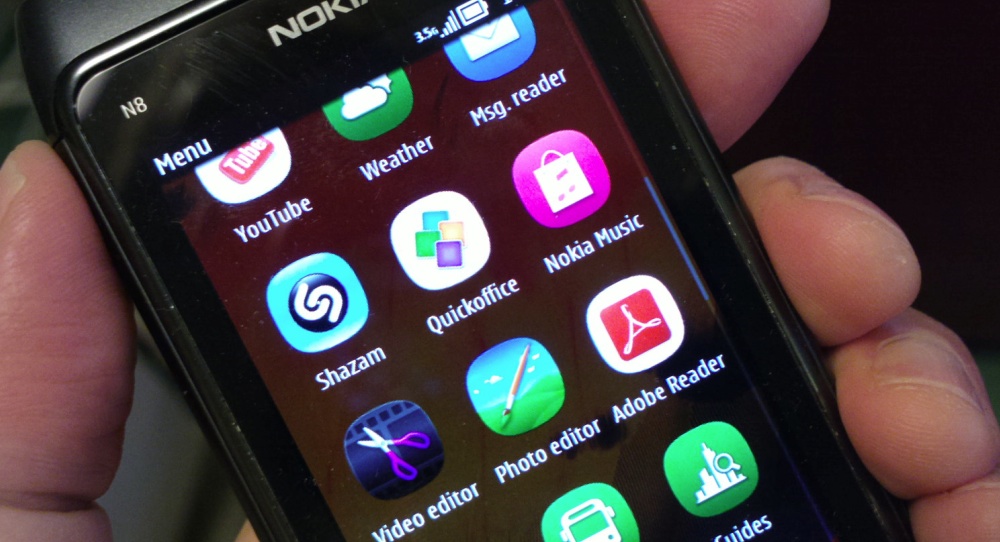
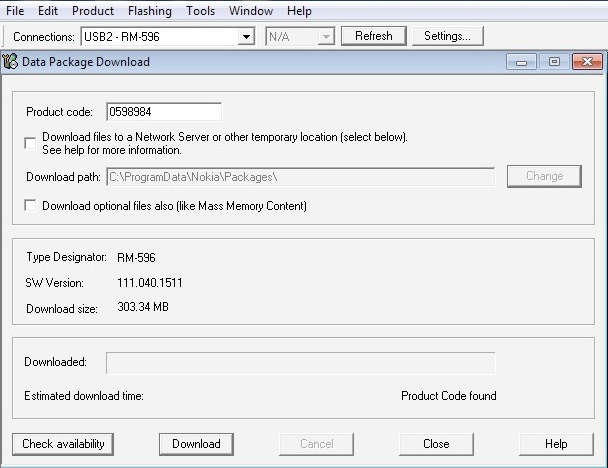
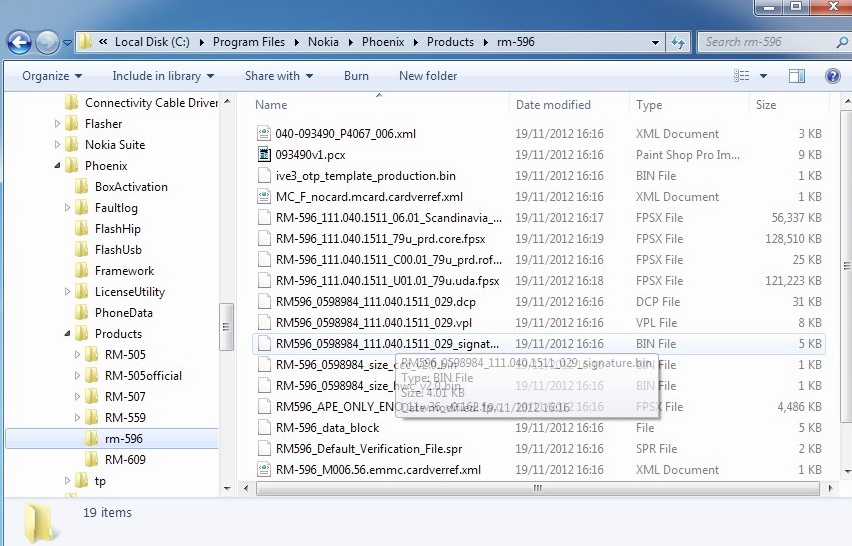
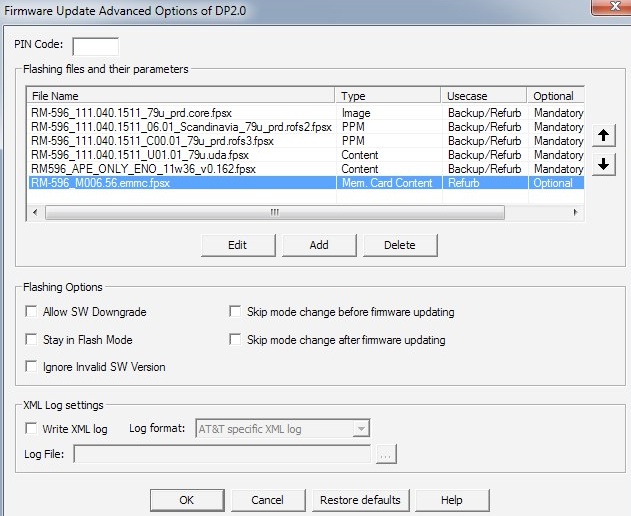
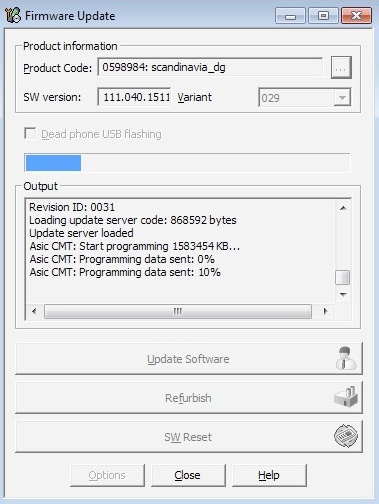
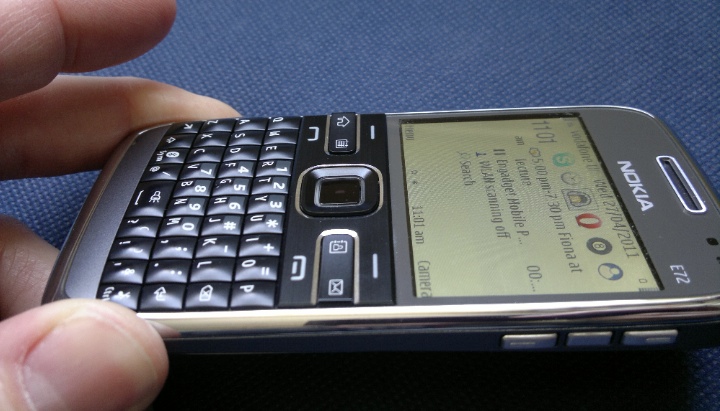
.jpg)
.jpg)
.jpg)
.jpg)
.jpg)
.jpg)
.jpg)
.jpg)
